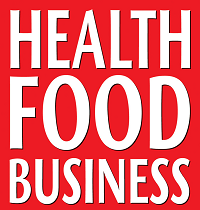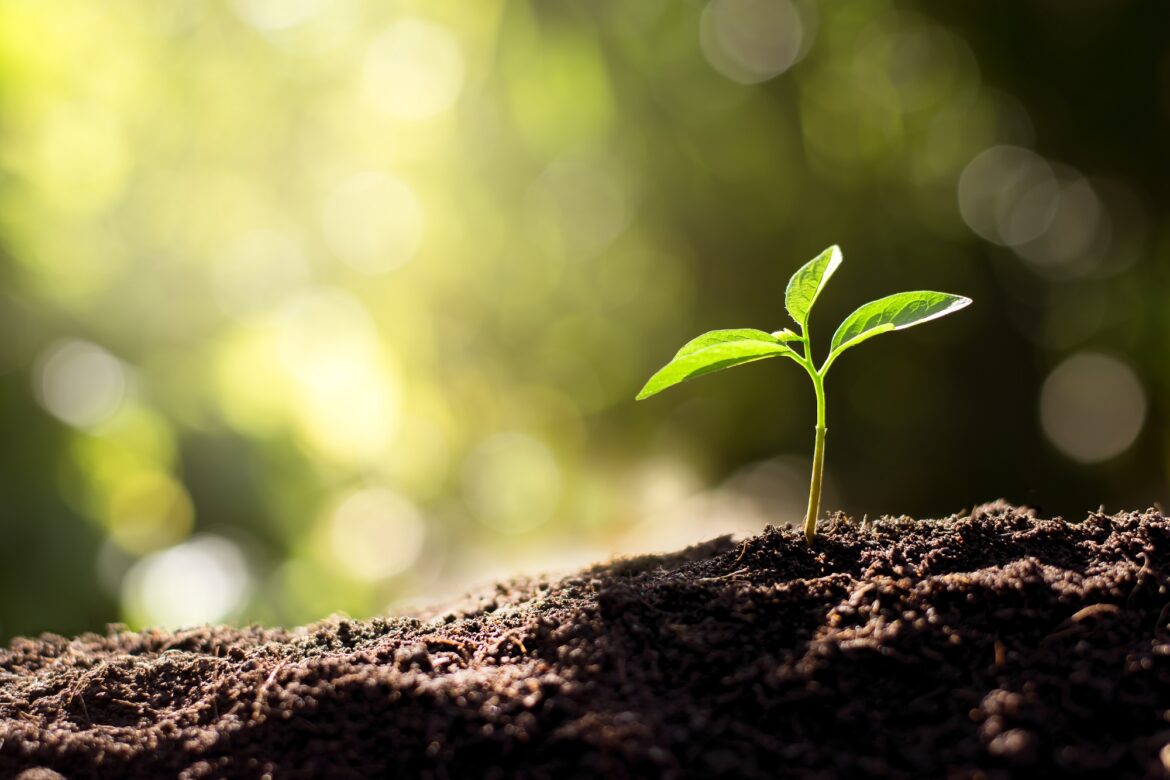The organic sector has experienced a strong year of growth, with shopper volumes rising, presenting future opportunities for the sector.
That is according to Ella Taylor, from Kantar, who was speaking at the Organic Trade Board’s recent Trade Briefing, where she discussed opportunities for organic growth.
Ella revealed that total organic now holds a value of over £1.4bn, after a strong year of growth, up 1.4 per cent, which equates to £19.2m. She also highlighted how shoppers buying in higher volumes has been key for organic success over the last year. Volume per trip rose from 1.6kg in 2020 to 1.74kg last year. This growth accounted for £114.6m additional spend. However, decreasing prices have offset some of this growth seen, reducing average price per kilogram below
£2. This decline accounted for some £94.9m in lost spend in the last year.
The good news is the frequency and volume per trip have grown consistently over recent years and while at a total grocery level, trip volume is higher than pre-pandemic levels, organic is also sustaining growth versus a strong 2020.
Ella told the conference: “Our total organic market is growing really healthily at 1.4 per cent, reaching a market value of £1.4bn. It’s particularly impressive to see this on such a strong year across total grocery. When we actually relay that back
versus 2019 and that pre-Covid level, we see around 16 per cent growth, and then versus 2017, we see 29 per cent growth so it’s really, really healthy to see that continuous growth going forward.
“So, what’s been driving this growth? Largely, we’ve seen increased volume per trip so when shoppers are buying into organic, they’re buying larger quantities and potentially bulkier items so this increase alone in the last year accounted
for an increase of £114m added to the market so really engaging those shoppers into buying larger quantities has been the key to success here.”
Perhaps unsurprisingly, online was the channel driving the largest growth in volume per trip within organic, showing the highest volume per trip last year, with online growing from 2.2kg to 2.5kg, up some 13.2 per cent.
Ella also revealed that when looking at year on year growth, this is very much driven by the online channel, which has unsurprisingly rocketed in recent years. With this, organic was able to grow ahead of the total grocery market.
Looking at specific product categories, ambient, dairy and produce were key to the success during the pandemic, but more recently, ambient has seen a loss.
Looking ahead, Ella explained that while the average spend on organic is around 1.1 per cent of the grocery market, Kantar sees plenty of room for growth across categories. Like the wider grocery market, retired and empty nesters continue to dominate organic. However, when comparing shares, we see that organic overtrades with retired and pre-family shoppers. These two groups have not only grown their share of organic spend over the last five years, they also see the highest participation across the market.
Looking ahead, Ella explained that despite there being a clear core organic shopper, there is still room for growth with other shopper groups. Kantar found that the opportunity is worth £55m if organic gains its fair share of family (10+) and
older dependent spend and grows its share within pre-family to match the 2019 peak.
Pinpointing the growth opportunities for the future, Ella said that the eco actives group, influenced by product packaging and media, should be targeted, while online offering should be a focus. Pre-family shoppers show the largest participation, she explained.
- Look out for the May issue of Health Food Business, where we will bring you an in-depth report from the Organic Trade Board conference.


